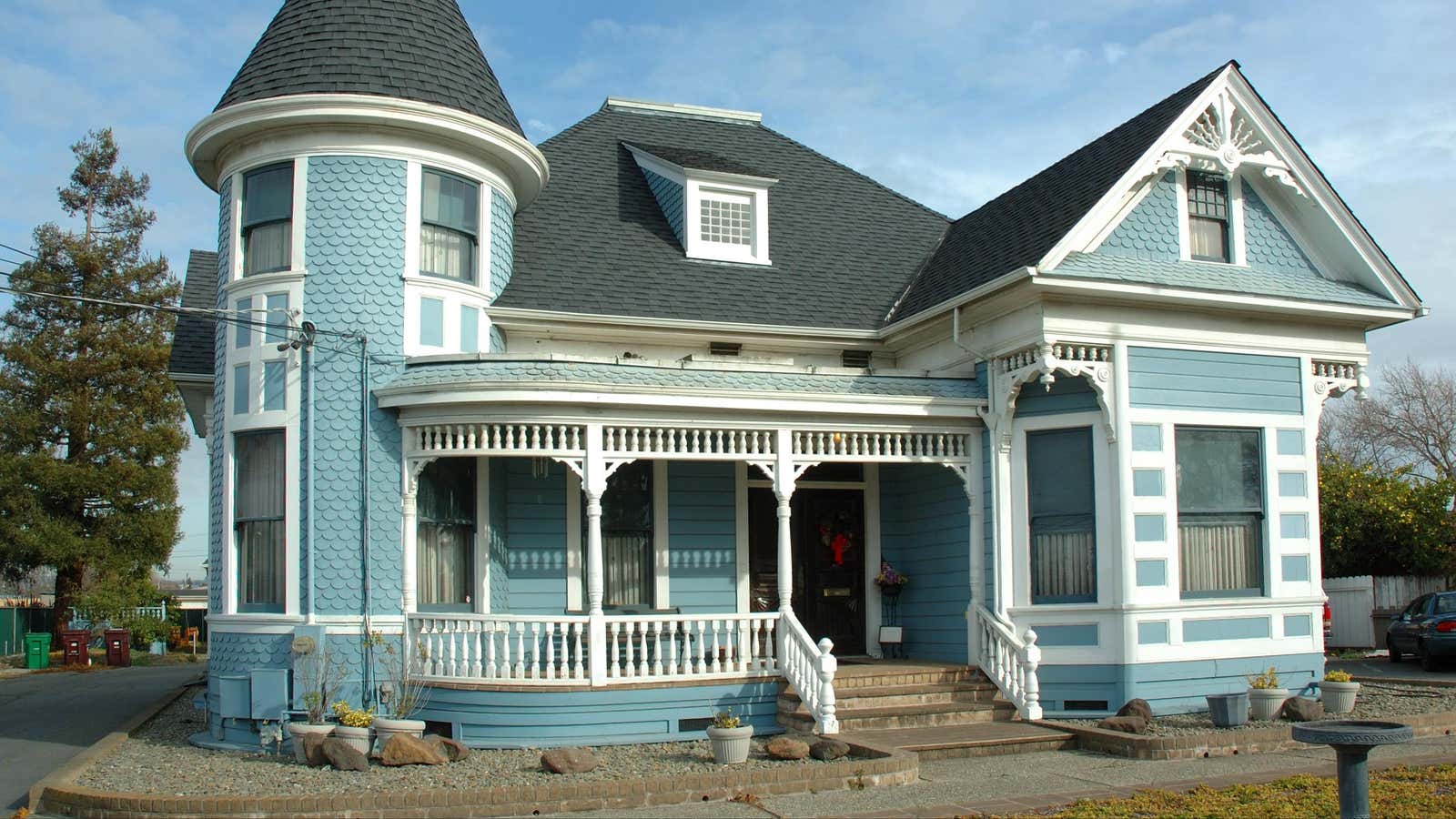How to Know If a House Has “good Bones”

Realtors often describe not-so-newly built homes as having “good bones,” meaning a solid structure and a high level of quality and craftsmanship in their foundation. Of course, you can’t see under the paint and drywall when you’re looking for a house, so how can you tell if the house you’ve got your eye on has that coveted skeleton? Here’s where to look and what to look for.
Roof
One of the most important (and expensive) parts of a home is the roof. In your research, find out what materials were used to build the roof of your proposed new home ( slate, cement shingles, and metal will last significantly longer than wood or bituminous shingles ) and when it was last replaced. Look for visible signs of wear such as sagging, rust, leaks, mold, fungus, and any raised, missing, cracked, or curling shingles . Over time, unmanageable roof problems will escalate into damage inside the home, so it pays to be vigilant, or at least make sure you’re not surprised by the need for repairs.
The foundation
The foundation is literally what keeps the house above the ground, level and insulated. A poor foundation will show up in telltale signs throughout the home. Look out for sagging floors or ceilings, musty odors, cracked floors or walls, a slanted chimney, doors that stick or don’t lock, and windows that either get stuck or don’t close completely. Also make sure that any pillars or concrete supports in the basement are completely vertical—not tilted.
Location
If you’re planning a renovation (and even if you’re not), you should pay close attention to square footage and the current floor plan. Is it open or closed (each separate zone is fenced with its own walls)? Consider the number of floors, bathrooms, size and location of the bedroom. Do you want the master bedroom to be on a separate floor, or do you need it next to the small children’s room? Make sure the location of the laundry room is convenient, and consider placing appliances and toilets in the kitchen and bathroom, as plumbing and electrical replacements are expensive.
natural light
Is the house located in such a way as to provide sufficient natural light? It may have a great kitchen, but is it covered by an adjacent covered patio or sundeck? Take a moment to figure out which direction the house is facing and how light will travel through it from sunrise to sunset. (South-facing windows generally receive more light than north-facing windows; east-facing windows enjoy more morning light, and west-facing windows are flooded with afternoon sun.)
Signs of moisture and structural decay
Moisture can wreak havoc on the structure of a home. Look out for the visible effects of humidity in your home – rotten wood, mold or mildew, damp underground, water stains on the ceiling, bubbling wallpaper, warped floorboards, termite damage, and a musty smell are all red flags. Pay special attention if you see any signs of wall cracks, warped ceilings, or concrete erosion, as these may indicate structural problems that will be very expensive to fix.
Hire a Professional
While you can gather good information on your own if you know what to look for, when it comes to buying a home, there is no substitute for a professional inspection. A certified inspector in your area will conduct a walk-through analysis of the home’s foundation, roof, heating and cooling systems, attic, visible insulation, ceilings and floors, and other structural elements. You can add testing for radon, mold, pests, and lead. If the inspector is not dealing with electrical problems, consider hiring an electrician to point out potential electrical problems or recommend upgrades.